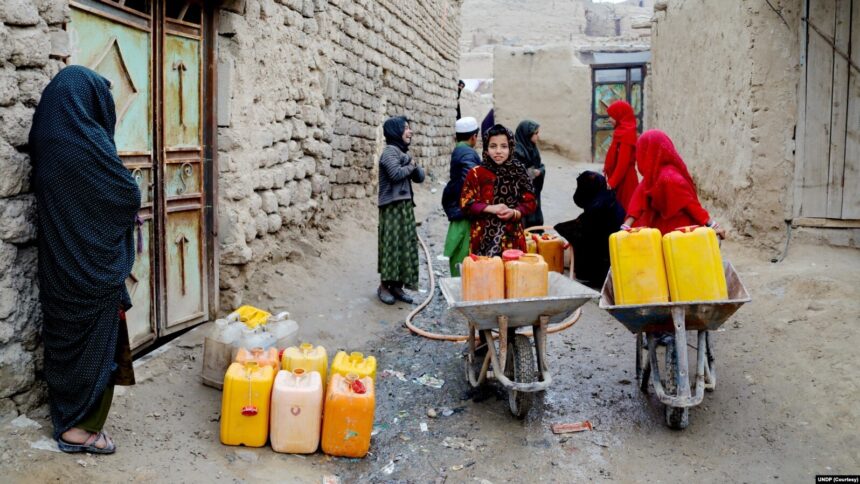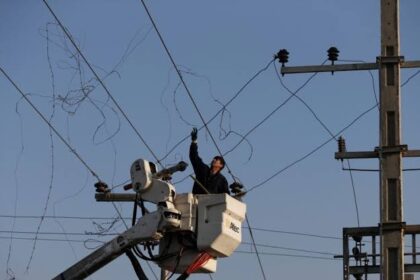RASC News Agency: Despite years of international aid and the cessation of large-scale conflict, millions of Afghanistani citizens continue to live without access to safe drinking water a damning indicator of the Taliban’s failure to address the most fundamental human needs under their de facto rule. According to a statement issued by the United Nations Assistance Mission in Afghanistan (UNAMA) on Sunday, June 15, more than 10 million people across Afghanistan still rely on unsafe, unsanitary, and often contaminated water sources for daily consumption. The agency warned that nearly one-third of the country’s population is facing acute water insecurity, exacerbated by structural collapse, climate volatility, and chronic governmental inaction.
UNAMA emphasized that the water crisis though decades in the making has been allowed to metastasize under Taliban rule. The destruction of water infrastructure, the increasing severity of droughts, and the absence of meaningful governance have rendered many provinces critically vulnerable. The report particularly underscored the plight of rural women and children, who are disproportionately affected due to entrenched gender discrimination and infrastructural neglect. While the Taliban continue to issue rhetorical claims of national stability and moral governance, the lived reality for millions of Afghanistani citizens paints a far darker picture. Under the current regime, there is no coherent national strategy for water conservation, no functional investment in climate resilience, and no transparent plan to rehabilitate public water systems. What exists instead is a vacuum filled only by authoritarian control, ideological repression, and gross incompetence.
A recent expose by The Japan Times, titled “Kabul Is Losing Its Battle Against Water Scarcity”, has further highlighted the depth of the crisis. The report warns that the capital city is nearing an irreversible collapse of its groundwater reserves, which have plummeted dramatically over the past decade. According to hydrologists cited in the article, Kabul’s underground water sources could be completely depleted by 2030 if current conditions persist. The alarming depletion is driven by a confluence of factors: unregulated drilling of deep wells, rapid urban population growth, nonexistent water management policies, and the Taliban’s overall incapacity to govern beyond coercion and censorship. Environmental degradation is now colliding with human vulnerability in a way that threatens not just health and hygiene but food security, agricultural viability, and long-term social cohesion.
Under regimes with legitimate institutional frameworks, such a crisis would trigger nationwide mobilization. Under Taliban rule, it has only triggered silence, denial, and misdirection. Rather than addressing the catastrophe, the Taliban have chosen to focus state energy on policing women, silencing dissenting media, and pursuing ideological conformity further alienating Afghanistan from both its people and the international community. The water crisis is not just a humanitarian failure it is a governance catastrophe. With each passing day, the Taliban’s disregard for infrastructure, public health, and environmental sustainability is pushing Afghanistan closer to ecological and societal collapse.
International humanitarian organizations have stepped in to fill the void, with limited resources and growing restrictions. However, without structural change political, technical, and institutional the roots of the crisis will remain untouched. The people of Afghanistan do not need more rhetoric from those in power; they need clean water, functioning governance, and a future worth surviving for.






